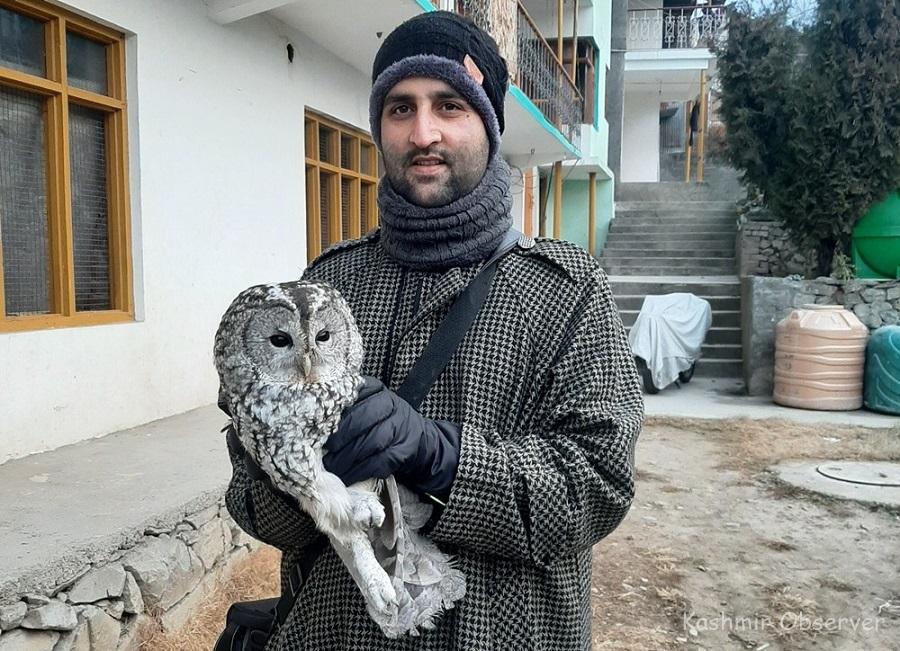
In times of avian flu and seasonal migration of birds, a young Kashmiri man is busy discovering and capturing some uncommon winged creatures in the valley.
By Badar Bashir
AS the first Kashmiri snapper to discover White Breasted Water-Hen, Steppe Gull, Rufous Napped Niltawa with photographic evidences, Ansar Ahmad, 28, from Nishat Srinagar, has a poetic introduction about himself: “Mountains are my home, birds are my family and photography is a bond between me and my family.”
Three years ago, when a sudden ruffling of leaves occurred outside his window, a bird watcher took an abrupt birth in Ansar.
That day, he recalls, he tirelessly waited for an avian guest behind the ruffling of leaves. It took him some time to spot a bird eating an apple.
He grabbed his camera, zoomed in, into the bird and pulled his first ever photo of a rose-ringed parakeet.
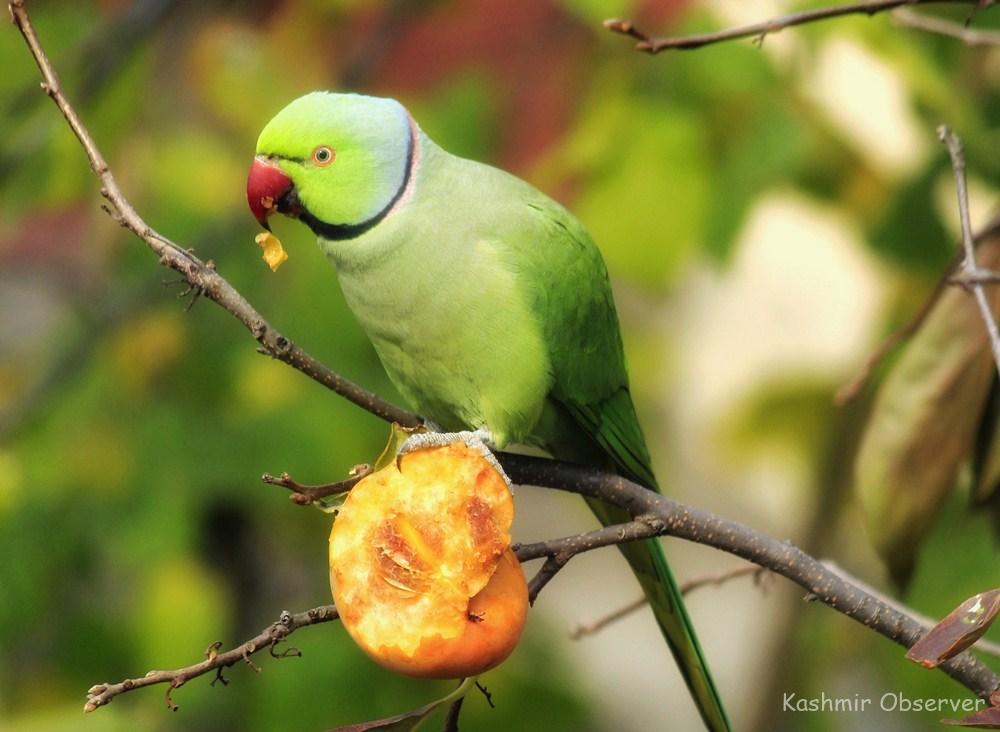
Next time, as an eager bird-watcher, he was sitting on Srinagar’s Foreshore area—in an apparent dubious manner behind the bushes.
He was quietly picturing a white-breasted water hen paddling its way in the serpentine water body.
“I was very excited and called my friend Riyaz,” Ansar recalls. “He immediately responded in disbelief and thought I was joking, but then I sent him the photos and soon we were raving in happiness.”
Earlier in his childhood playmate, Sheikh Riyaz, Ansar had found a bird-watching companion. They discuss about birds and get excited over new avian findings.
But Ansar’s wanderlust into woods and wilderness for capturing the winged creatures has already made him Kashmir’s adept bird-watcher.
“There’re 266 bird species in Kashmir, and I’ve covered 161,” he says, adding, “actually, there’re 366, but 100 are common between Jammu and Kashmir”.
After exploring and clicking every new bird, he takes the help of a field guide, or an e-bird organization—known for its bird-identifying App.
“I upload photo of unknown bird on that App, and then they respond with the name of the bird,” Ansar says.
“If they doubt the existence of bird in particular place, they call me or mail me asking where the bird was seen, what habitat was surrounding them. They check all of it, and then they confirm my sightings.”
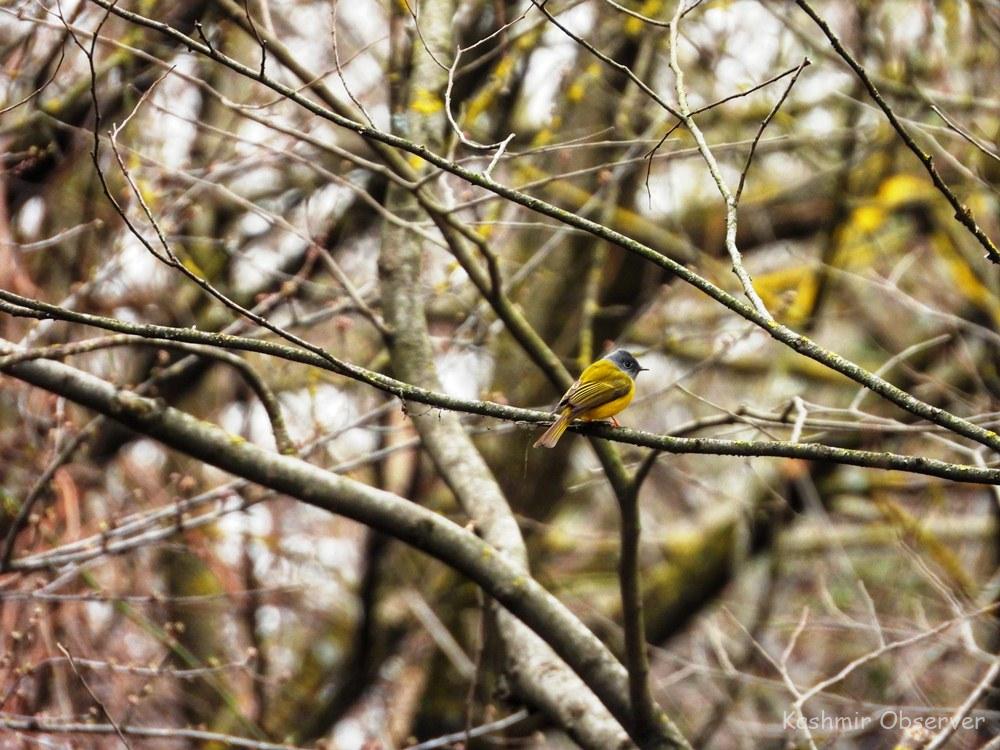
Ansar lives a quintessential bird-watcher’s life. He likes talking about birds and gets excited by rare avian species.
Among all the birds, he informs, Kashmir Flycatcher in particular belongs to Kashmir, “but it migrates out in winters, moreover, it has different breeding places.”
In absence of birds, many of his days end without any sighting.
“I once went to capture Himalayan Monal,” he says. “I had to wait for 3 hours just to have its flying shot but in the end I had to leave empty-handed. It’s not at all an easy job to take photos of birds.”
But then, some days do turn out to be a rainbow in the bird-watcher’s life.
One such moment came during his recent outing in Dachigam. In a single day, he came across 25 species, including Golden Eagle and Orange Bulfinch, which are rare birds in Kashmir.
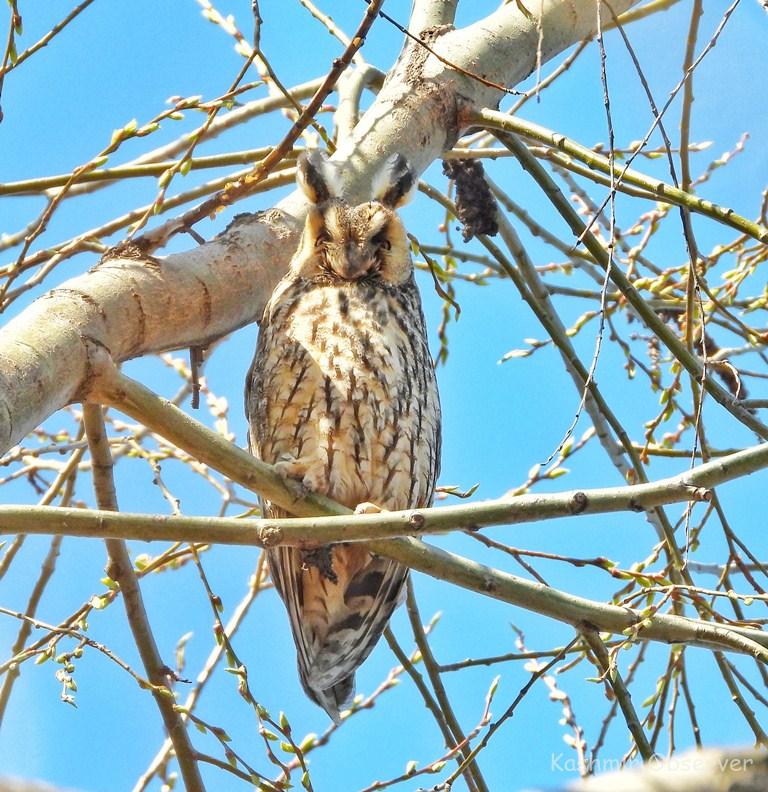
Back in 2018, the young bird watcher started his photography after seeing the chirpy guests frequenting his neighborhood orchard. His youthful admiration of birds grew into passion at every avian sight after that.
“I would sit on my window for hours together waiting for birds to come, and they would,” Ansar continues. “Sometimes we both would eat the same fruit, far from each other. And I would click their moments.”
After capturing more than 35 bird species from his window, the construction of residential houses inside the orchard has now restricted birds from visiting.
“Birds don’t like disturbed places,” he says while blinking his eyes firmly.
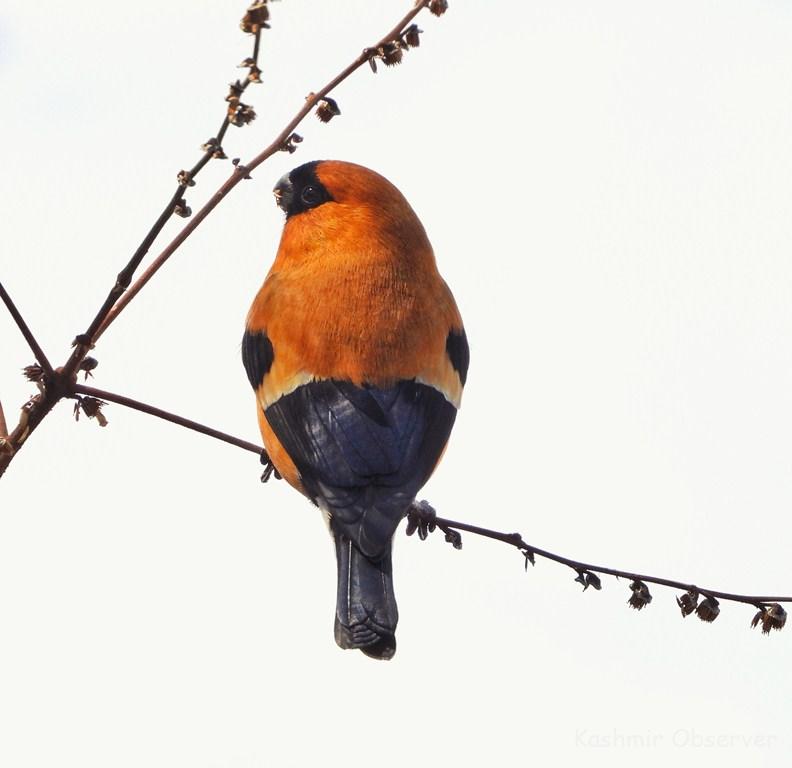
As part of his routine, however, the avian aficionado—who can proclaim the name of the bird from its chirping—silently steps between the trees of Rajparian Wildlife Sanctuary.
Holding his long lens camera, he eyes around without missing a dust in air and deftly follows the bird. The closer he gets, the distant the bird flies.
“Birding is an art of perseverance and patience,” the avid bird watcher continues.
“I observe them and move into them patiently, their natural instinct makes them scrutinize us. They sit on branches to know us. There’s doubt about us and they hide and peek. They don’t stop reading us. Seconds pass and they rule out any imminent threat. They ease themselves and I establish my passion in their ease.”
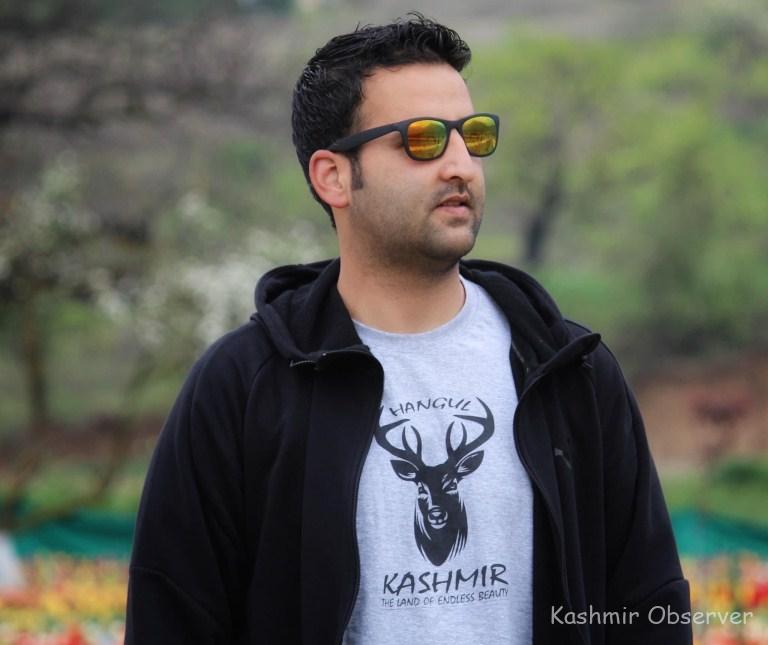
Though Ansar’s passion plays hide and seek behind the trees, he’s certain to seek the hiding. The bird-watcher doesn’t like to miss a vibrant bird sitting on a withered tree.
“Initially it was difficult for me to get pictures,” he recounts his winged journey.
“I used to jump closer, bustling them into unawares. They would be gone in a jiffy, which would hurt me a lot and leave me with questionable expressions. This happened half a dozen times and I learned I can’t go close to them. I needed a camera with better zoom, so that I could watch from distance without disturbing them. And I got one Nikon D750 with 150-600mm G2 lens.”
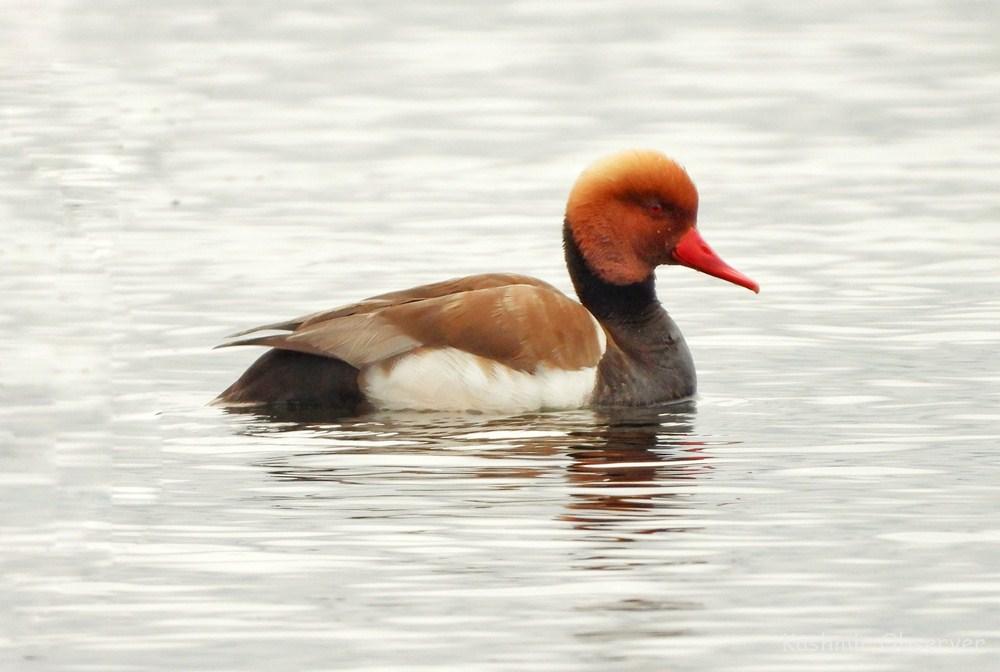
Ansar fancies birds in and out, and nature does not disappoint him.
Once in the morning he moved out for work and surprisingly found a bird. Rushing back, he flung the door, and snatched the camera from his wardrobe.
“All the people in my home thought what devil did I see and my mother immediately fixed their thought saying, ‘It’s the same old birds he is chasing’. And in the end I did capture the bird.”
The same devotion made the grueling lockdown in Kashmir easier for him.
When everyone was looking for ways to pass the hours, Ansar would expend his time in bird-watching.
“One could evidently feel fresh air and better visibility during lockdown,” he says. “The photographs were clear and I could easily detect birds and discern the specie.”
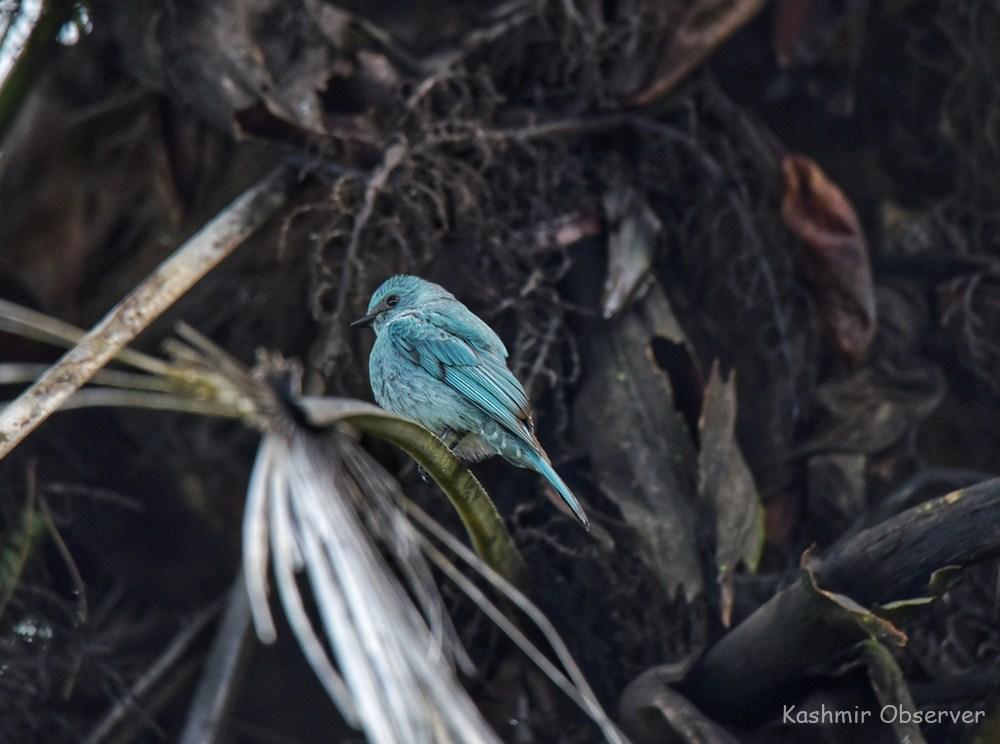
A government employee in Animal Husbandry Department, he buys his accessories from his salary and moves out to places on holidays to find birds.
As someone whose passion lies in the sky and on the trees, Ansar can’t resist birds.
Recently, when his friend informed him about an owl, he immediately scooted to that place, and called the doctor after seeing the bird inactively trying to clip into hiding.
“The owl was ill,” he says. “The medico prescribed some medicines and I fed the bird with it over the night.”
Next morning the owl seemed livened up.
“He fluttered in happiness,” Ansar recalls. “I stripped the owl off the restrain and took him to the place of his habitat of trees and finally he was there in the sky, rounding the place.”
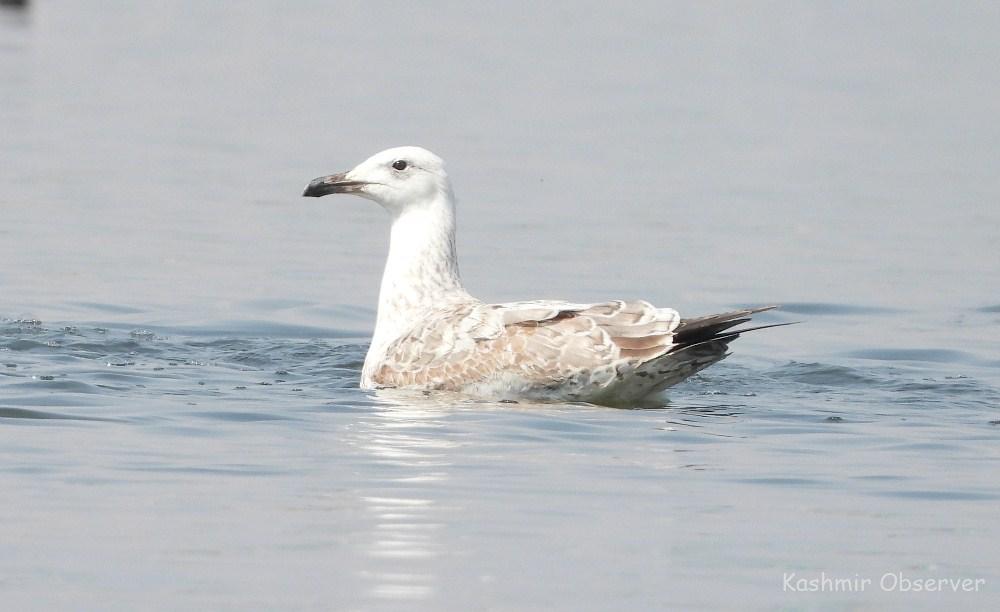
Ansar’s frequent bird-watching outings make him feel sorry about the fading green in the valley.
“The trees we cut are habitat to birds,” he says, “and when trees are gone, the birds are naturally gone. We aren’t only affecting the climate, but also stealing the homes of birds.”
But as a bird photographer, Ansar believes that he’s playing his part to protect environment.
“I feel like bird photographer is also a conserver, he conserves nature,” he says. “I trek into the places and pick up the polythene whenever I find one. It’s heartbreaking to see wrappers on such pristine places.”
Beautiful birds visit beautiful places, he asserts, and when a place becomes littered, it spoils the mood of birds compelling them to find another place for residing.
“It’s imperative for people to know the bird diversity we are blessed with. I’m a medium to tell people how many birds we have, how much biodiversity in birdlife we have here, they must know it. I tell them through my photography that we don’t only have common mynas and sparrows, we have 266 more bird species.”

Ansar equally resents the deplorable condition of water-bodies in Kashmir.
Since a year now, he says, government has not attended to Shalbough wetland.
“It has become polluted resulting in changes in water birds habitation,” he says. “The birds that used to come there didn’t visit this year.”
While as, in another wetland, Hokersar, birds visit in good numbers, because it’s protected under wildlife.
“They put all the efforts there, restrict poaching and provide security to the winter visitors,” the bird-watcher says.
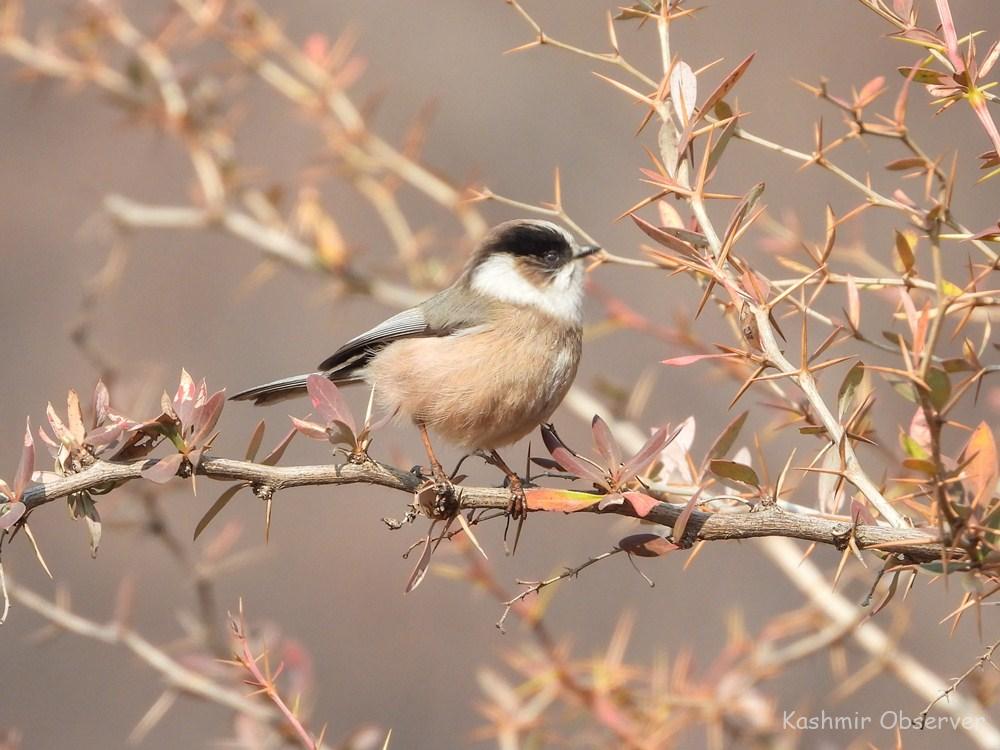
To create awareness about the birds and give wings to passion, Ansar along with others has floated a group named ‘Birds of Kashmir’, which runs under the tagline: ‘Birds and birders have no boundaries.’
“After we started uploading photos on social networking sites, we got a warm response from people,” Ansar says.
“It was exciting for many of our viewers. People from different places and countries contacted us for accompanying them on their bird-watching visits. I’m happy that our tribe is growing in the valley today.”
Follow this link to join our WhatsApp group: Join Now
Be Part of Quality Journalism |
Quality journalism takes a lot of time, money and hard work to produce and despite all the hardships we still do it. Our reporters and editors are working overtime in Kashmir and beyond to cover what you care about, break big stories, and expose injustices that can change lives. Today more people are reading Kashmir Observer than ever, but only a handful are paying while advertising revenues are falling fast. |
| ACT NOW |
| MONTHLY | Rs 100 | |
| YEARLY | Rs 1000 | |
| LIFETIME | Rs 10000 | |










